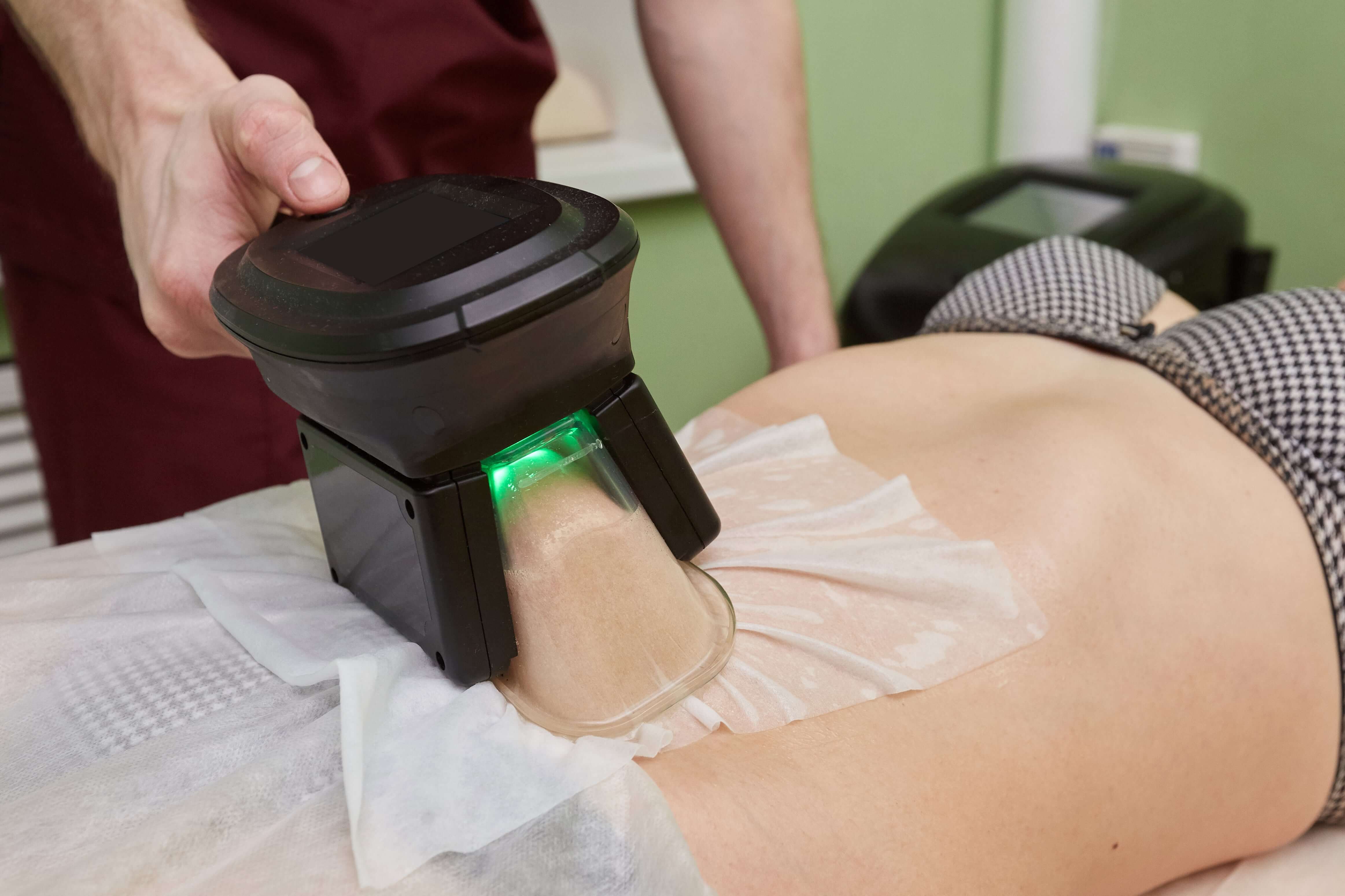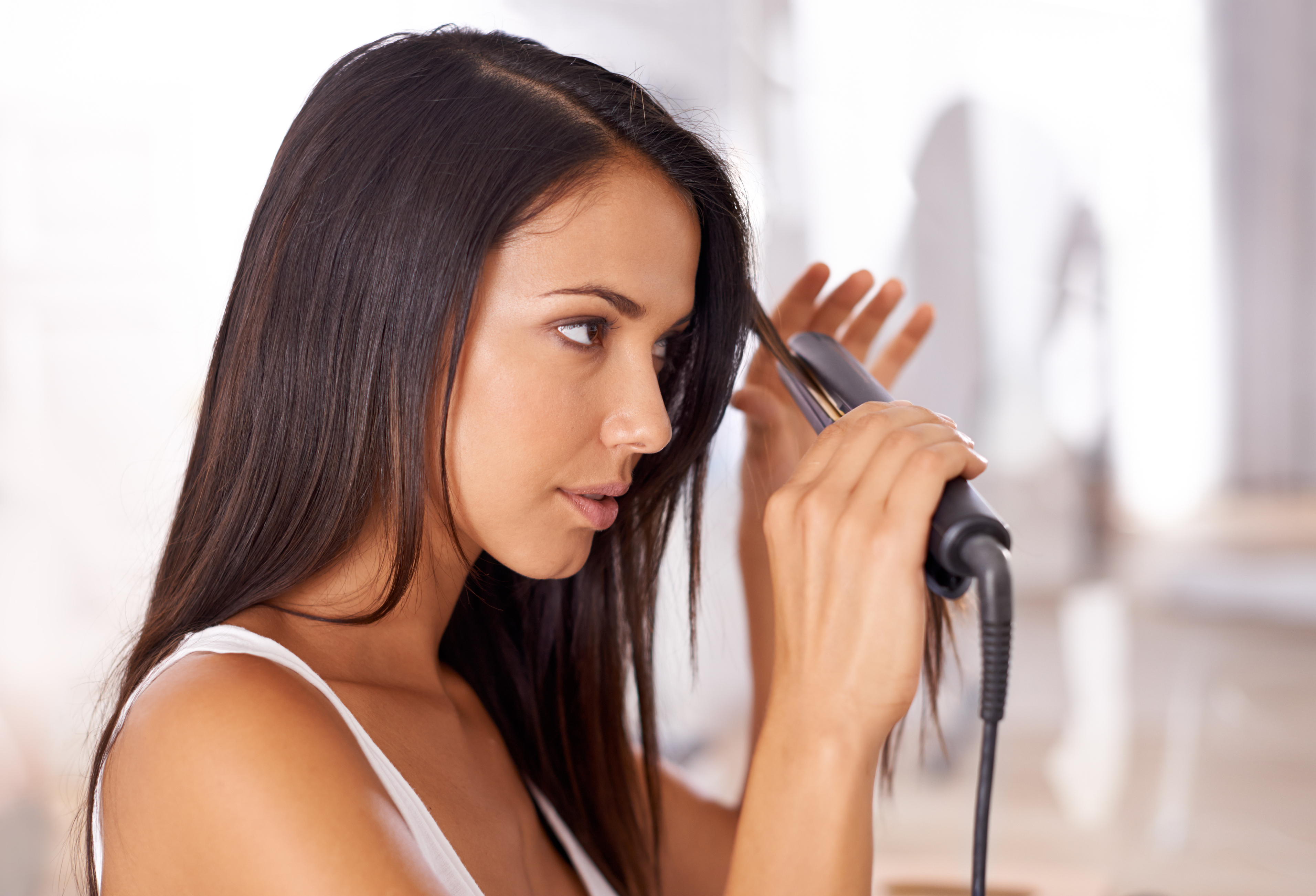What would you do to encourage labor in a pregnancy that has gone past your due date? Would you join your obstetrician in a dance he choreographed specifically to get things moving along?
As a mom who has always carried pregnancies past their expected due date, I understand the desperation that drives attempts to induce labor. I’ve walked miles a day during my last weeks of pregnancy; I’ve bounced endlessly on an exercise ball; during my last pregnancy, I even turned to the breast pump. And still, I carried late, leaving me doubting that there is any validity to labor-inducing methods.

During my last pregnancy, I found myself four days overdue and searching for options. Nothing I found was convincing, but that didn’t mean I wasn’t willing to try out the suggestions of friends and family (just so long as they weren’t risky). And believe me, there were plenty of anecdotes out there.
The Baby Dance
One obstetrician, Fernando Guedes da Cunha, has achieved internet fame for his unusual approach to encouraging labor—he’s choreographing dances for his patients. In August 2017, he posted a video to his social media featuring one of these dances. Soon after, he shared a picture of the mother with her brand new baby. Since then, his video has been shared hundreds of thousands of times.
https://www.instagram.com/p/BXgG3NfDEPN/?hl=en&taken-by=drfernandoguedescunha
I’m having a hard time imagining myself dancing during labor—and there is no proof it will actually induce labor—but keeping moving is can certainly be beneficial to labor and pregnancy.
“I am not aware of any scientific article or properly done research to show that walking in labor—or in this case, dancing—would stimulate labor to make it faster,” shares Daniel Roshan, OB-GYN, “However, I always tell my patients that in the absence of any high-risk issues, the best [option] is to keep moving and walking before they get admitted. I think it eases the pain of labor and prevents the complications that arise from staying in bed.”

Roshan explained that patients who get admitted in early labor will frequently request an epidural and spend a lot of their labor in bed. In some cases, these patients experience a drop of in their blood pressure or fetal heart deceleration.
In fact, it’s good to keep moving throughout the pregnancy, according to Roshan, who said that all women experiencing a complication-free pregnancy should stay home as long as possible and continue moving until they are in the active labor phase. Yet while these recommendations are great for a comfortable and healthy pregnancy and labor, they’re aren’t actually known to induce or encourage labor.

“A lot of times, a woman’s body can be already starting to move into it,” Bailey Gaddis, birth doula and childbirth preparation educator, tells HealthyWay. “The things you hear about food, walking, that can all definitely help…if your body and your baby are ready.”
This is where a lot of confusion exists, and it’s important to understand that encouraging and supporting your body once it is ready for labor is vastly different from trying to get labor started.

It’s difficult to declare the efficacy of one method over the other, simply because it’s difficult to determine if induction attempts really made a difference or if your body was simply ready to get things going. There are, however, a litany of methods that claim to help get things going.
Methods That (Might) Encourage Labor
When it comes down to it, the only scientifically supported method for inducing labor is a medical induction. This is why, when it is medically necessary, most Ob-Gyns fall back on the same song and dance.
The often use dinoprostone (brand name Cervidil), a cervical ripening agent, as a first effort to begin labor. In many cases, oxytocin is then administered after the cervix is ripe to encourage contractions. It is widely effective and safe, according to a survey published in the journal American Family Physician.

Not all mothers want to use medications to induce or encourage labor, and they’ll fall back on more “natural methods” to get things started. Unfortunately, there is a lot of contracting studies on the topic.
For instance, one method that is practiced intermittently by birth professionals is membrane sweeping. Using their gloved fingers, a birth provider gently separates the bag of waters from the uterus. Although this method is widely regarded as safe, there is some disagreement on its effectiveness.

One 2012 study published in The Journal of Clinical Gynecology and Obstetrics found a decreased need for medical induction in women who employed membrane sweeping compared to those who did not. However, ten years earlier, a study in The International Journal of Obstetrics and Gynecology declared the practice “safe but ineffective,” and in 2005, a study published by Cochrane did the same.

Because of the safety of the procedure, some women may choose to take the gamble, but they should keep in mind that it is an uncomfortable process and this method has its limitations. It isn’t a good option for women who have an increased risk of infection. Also, a woman’s body still needs to be ready for labor for membrane sweeping to be an option.
“In order to do it, the cervix has to be dilated and effaced,” explains Roshan. “It could be a good choice for patients who had a vaginal birth before and will need to be induced due to their pregnancy conditions.”

Another method worth trying is nipple stimulation using a breast pump. Nipple stimulation is said to encourage contractions and is often used to attempt to speed up labor. A research survey published by the journal BMC Pregnancy and Childbirth found this practice to be safe. Additionally, they found that women who employed this method at full term were less likely to remain pregnant after 72 hours.
Methods That Don’t Work
Pregnancy is long enough without carrying past the expected due date, pushing many women (including myself!) to try any safe method for getting contractions started. Unfortunately, most of the common methods employed have very little grounding—including those recommended off the cuff by many doctors.
For instance, women are often instructed by their doctors, friends, and family to enjoy intercourse often to induce labor. This belief is based in the idea that semen contains prostaglandin, which is used in medical settings to induce labor. However, there is no research that indicates semen has the same effect on women.

A study published by the journal BMC Pregnancy and Childbirth concluded that, although perfectly safe in low-risk pregnancies, intercourse did nothing to speed things up. The following year, a study published in the journal BJOG found no difference in induction rates between women who were and weren’t advised to be physically intimate with their partners.
That being said, Roshan does believe that regular physical intimacy is beneficial to pregnant women, saying that frequency appears to lower the risk of lacerations and generally improve the labor experience.

There are a lot of anecdotes about specific labor-encouraging foods, but there isn’t any evidence to back up these claims. In fact, practices like indulging in spicy foods can only make mom miserable, causing heartburn and an upset stomach, according to Roshan.

Lastly, we have the famous suggestion of taking a small dose of castor oil to start contractions. This method may “work” in the sense that it can cause contractions, but that doesn’t make it a safe choice.
“[Ingesting castor oil] leads to bad diarrhea and dehydration and uterine contractions. I believe the contractions are mostly due to dehydration … [This] method, although it will bring patients to hospital … does not cause real labor.”
The Truth About Inducing Labor
Ultimately, labor induction is something that moms should discuss with their care providers. Personally, by the time my third due date approached, I found myself resigned to the fact that carrying late was just something my body did.
I talked it through with my care provider, and they suggested I have something called a biophysical profile: a detailed evaluation that estimates the baby’s size and measures the fluid in the womb. After assessing the results, they scheduled a medical induction for the following week, but I went into labor after having my membranes swept. I found myself in the hospital with my amniotic sack leaking but needing oxytocin to get contractions started.

It was a hard labor and an experience I likely won’t repeat again. If there is another baby in my future, I’ll probably just let nature run its course.
If, like me, you find yourself experience a pregnancy that continues past 40 weeks, there is one thing Gaddis recommended you can do that will certainly help: Relax! Becoming consumed and anxious about giving birth can rob you of the joy of those final days with your partner and other children before your new baby arrives.





































































































